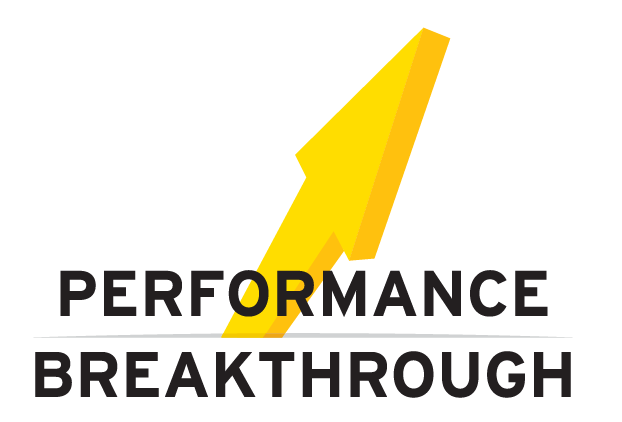Archives: Starter Ideas
Dig deep
Get beyond the superficial and learn about your employees and what makes them tick. Take advantage of the following ways to dig deep: Conduct personal history meetings/discussions: Find out about your employees’ childhood, families, hobbies, favorite jobs, etc. These meetings can happen one-on-one or in groups. Ask: Meet one-on-one with each team member to ask … Continued
Vary communication media
Twenty years ago, communication was much simpler. Face-to-face, phone, and print were just about the only options we had. These days we’ve got e-mail, instant messaging, texting, webcasts, blogs, social networks, and more. Choosing the right communication medium is more important than ever. While generational differences aren’t the only reasons to vary com- munication media, they … Continued
Be vulnerable
It’s okay for managers to say, “I made a mistake” or “I’m not very good at that.” Being vulnerable with your team members will dramatically increase their level of trust in you. They will also feel more comfortable sharing their vulnerabilities with you. Productive communications within your team will skyrocket.
Conduct a talent assessment
It’s not enough to hire talented people; leaders should have an on-going, regular review of their talent to ensure they are continuously working to upgrade talent and remove C players from the culture. A great way to drive this process is through a simple, four-quadrant matrix where you evaluate each team member based on two … Continued
Conduct more participatory team meetings
Part of planning for any meeting should be identifying a few key questions to ask your team. It might take the form of advice on new a product or service, resolution of a key issue, or the setting of a team goal. Most leaders spend much more time identifying what they’d like to dictate in … Continued
Conduct team-driven goal setting
Good leaders and managers set goals for their teams and create an accountability structure to manage and measure results. Exceptional leaders take that idea one step further by allowing the team to set its own goals, which will let them feel more ownership and more accountability toward their accomplishment. A team-driven goal-setting process can work … Continued
Create a strengths-based performance evaluation
Modify your annual performance evaluation process to do the following: Focus on strengths instead of weaknesses. Use the process to identify strengths and passions and to determine how to better leverage those areas in the future. Initiate a two-way discussion versus a one-sided evaluation. Make it a forward-looking planning session instead of a backward-look- ing … Continued
Create ways to reward and/or praise your team
Recognition strategies can include the following: Quarterly themes or contests: The key to helping people remem- ber what is most important in any given time period is to make it memorable and fun. The theme/contest can be focused on revenue goals, customer service levels, safety statistics, or any key performance indicator deemed critical for the … Continued
Differentiate learning and development
One size does not fit all in the area of learning and development. Learning programs should incorporate a level of flexibility to sup- port individuals with different needs and learning styles. Some specific ways to add individual flexibility include self assessments to determine specific developments needs goal plans to tailor development action items facilitated discussions … Continued
Differentiate motivation and compensation
We tend to try to motivate people the way we would be motivated. We assume if we’re motivated by money, other people will be as well. Again, the key here is to incorporate a level of flexibility to support people in different life situations with different motivations. If someone’s primary motivation is quality time with … Continued
